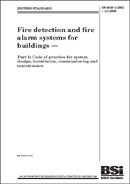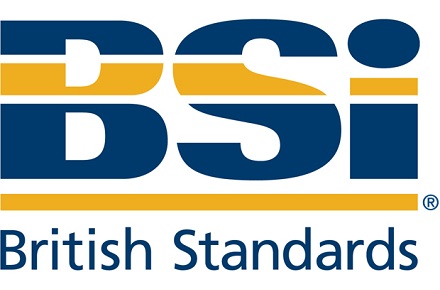BS 5839-1:2002+A2:2008
Fire detection and fire alarm systems for buildings. Code of practice for system design, installation, commissioning and maintenance
Buy Now
What is BS 5839-1:2002 + Amendment 2:2008?
 BS 5839-1:2002+A2:2008 sets the standard for fire detection and alarm systems in non-residential buildings. This code of practice gives essential guidance on effective design, installation and maintenance. And these are the latest recommendations on protecting your organization through fire detection and prevention. BS 5839-1:2002+A2:2008 applies to all fire alarm systems, from small manual networks to complex automated systems.
BS 5839-1:2002+A2:2008 sets the standard for fire detection and alarm systems in non-residential buildings. This code of practice gives essential guidance on effective design, installation and maintenance. And these are the latest recommendations on protecting your organization through fire detection and prevention. BS 5839-1:2002+A2:2008 applies to all fire alarm systems, from small manual networks to complex automated systems.
Best practice guidelines cover:
- fire extinguishing equipment
- smoke control
- automated door release
- and other critical safety measures.
Guidance on fire detection and alarm systems in residential buildings is given in BS 5839-6 .
How does it work?
BS 5839-1:2002+A2:2008 shows you how to meet the fire detection and alarm system code of practice. It takes you from planning and design to installation and maintenance, outlining responsibilities and competencies for fire risk assessment.
All fire alarm system types are simplified and explained, including:
- automatic and multi-sensor detection
- carbon monoxide and video smoke detection
- cable types in networked systems
- how to limit false alarms through more efficient design.
Who should buy it?
- Risk and health and safety managers and auditors
- Fire alarm engineers and inspectors
- Organizations that want to update an existing fire detection and alarm system
- Organization that want to implement a fire detection and alarm system.
What’s new?
BS 5839-1:2002+A2:2008 has been revised to include the latest technology and recommendations for fire detection and alarm systems.





